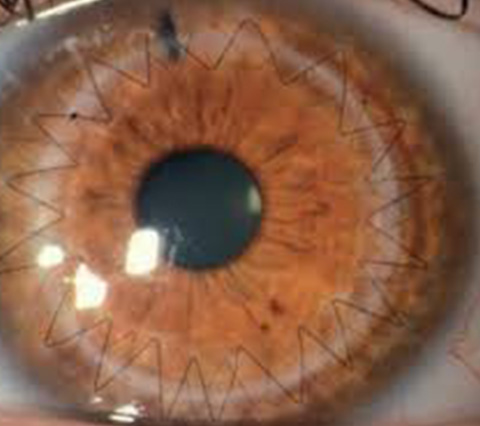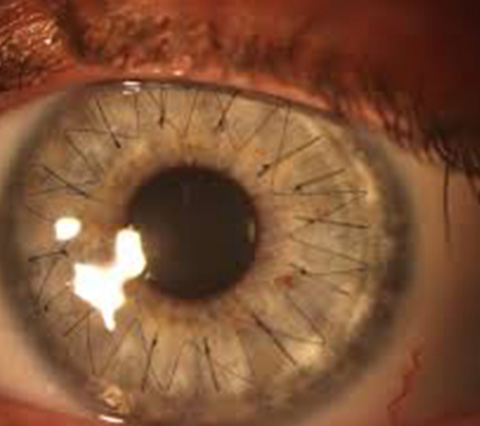Corneal Transplant
Transplants or deep lamellar keratoplasty is our technique of choice for advanced keratoconus, corneal opacities, or complicated refractive surgeries, which keep the inner layer (endothelium) healthy. The great advantage of this technique is that the risk of endothelial rejection disappears, which was the most frequent cause of transplant failures in the past. With this technique, we only replace the diseased corneal tissue (the corneal stroma) and we preserve the healthy tissue (the endothelial layer). Incornea is one of Colombia's most experienced ophthalmological centers in the technique of deep lamellar keratoplasty.
Endothelial keratoplasty has been the most important advance in corneal transplant in recent decades. It consists of only changing the inner layer (endothelium), which can be altered by cataract surgery or by primary diseases of the endothelium such as Fuchs' Dystrophy. Endothelial keratoplasty is for patients whose corneal endothelium has been damaged after cataract surgery, a condition called Pseudophakic Keratopathy Bullosa.
Incornea has the necessary technology to prepare the endothelial corneal tissue of a donor eye received from the eye bank. This tissue is implanted in the inner part of the patient's eye through a small incision without sutures in the graft, only attaining adhesion through an air bubble for 24 to 48 hours. The great advantage of this procedure is the rapid visual recovery and intraoperative and postoperative safety because it keeps the anterior corneal structure intact and lowers the risk of the non-use of sutures in the anterior surface being rejected.
The transplant, or protected penetrating keratoplasty, is our technique of choice for patients with total cornea damage. It consists of replacing all layers of the cornea, and it requires sutures and has a slow recovery time of approximately one to two years.
Incornea and its new femtosecond laser technology, VisuMax, will further improve corneal transplants, allowing for better visual results.




